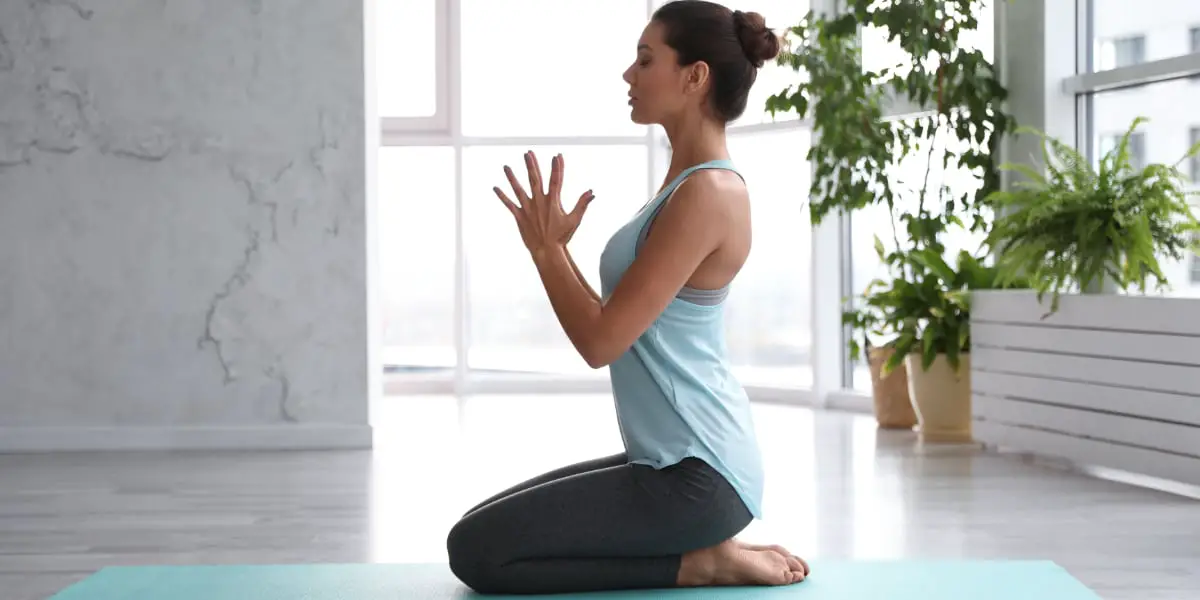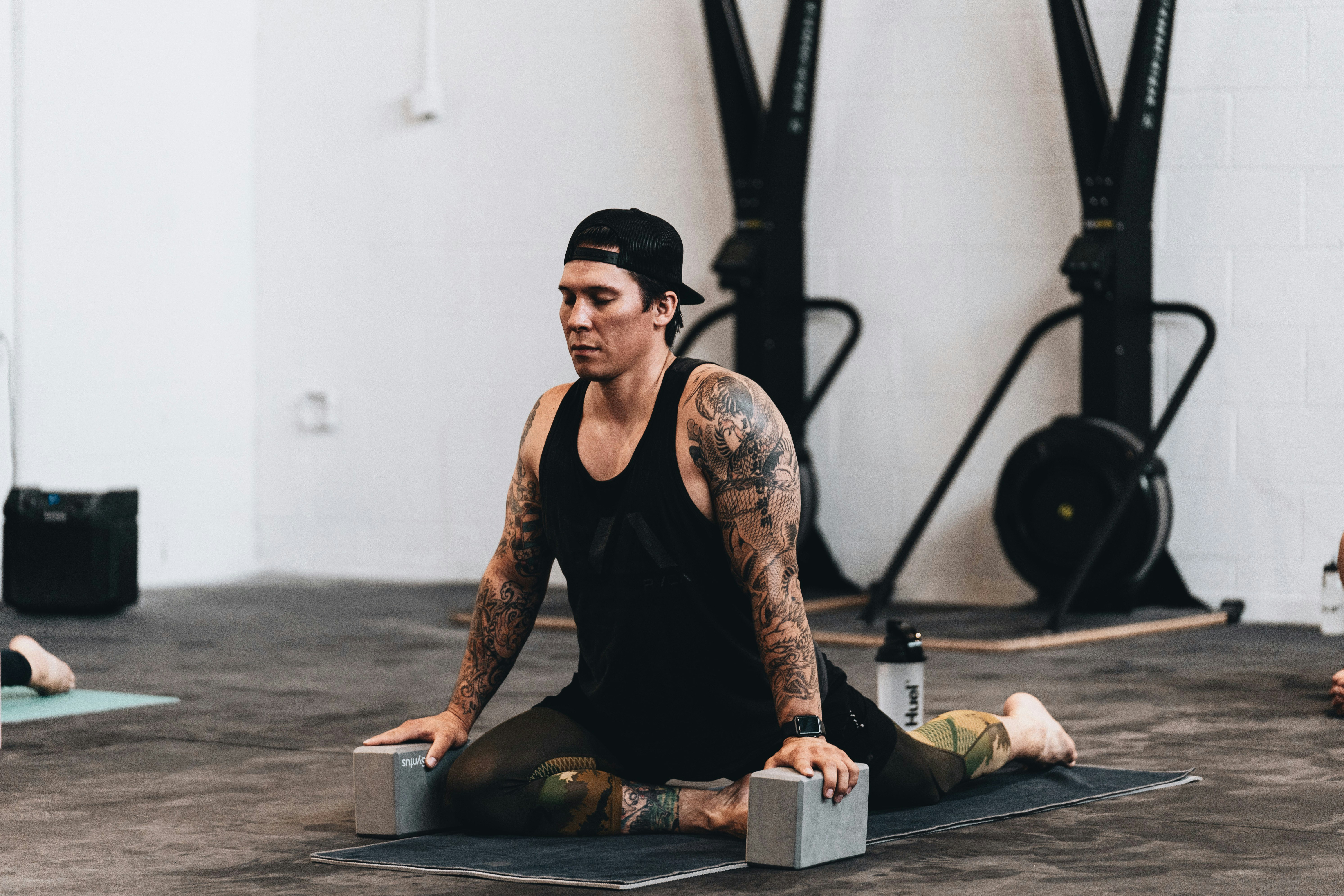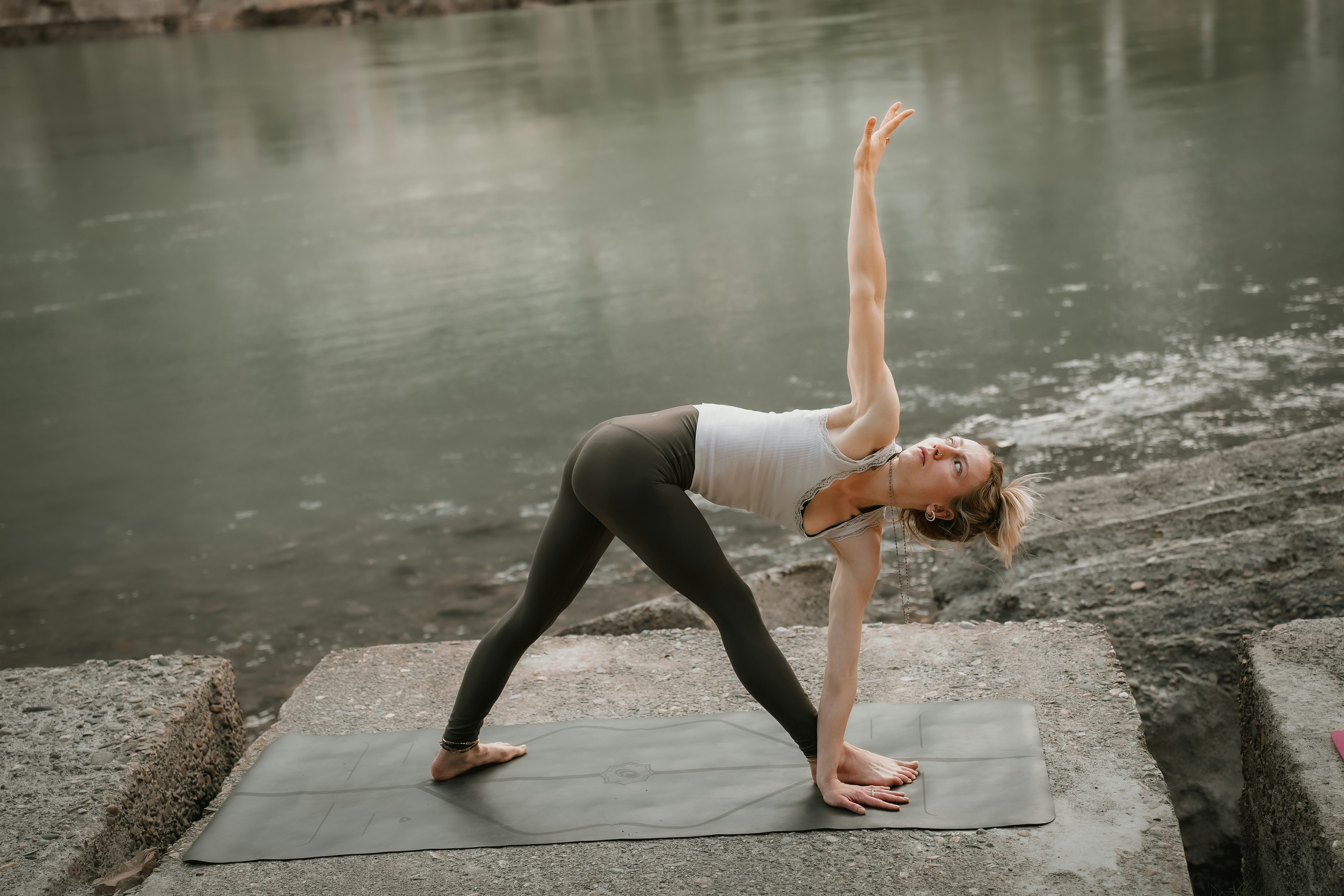Practice
Yoga for Mental Health: Embracing Peace and Clarity Through Practice

Yoga has always been associated with physical flexibility and strength, but over time, I discovered its incredible power to positively influence mental health as well. Initially, I began my yoga journey to improve my flexibility and overall physical well-being, but soon, I realized that the mental and emotional benefits were just as profound. Yoga for mental health is something that’s become an essential part of my routine, helping me navigate life’s challenges with more grace, resilience, and peace. In this article, I will share how yoga has transformed my mental health and how it can do the same for you.
Understanding Yoga’s Mental Health Benefits
I used to think that yoga was simply a physical practice focused on stretching and strengthening. However, I quickly came to realize that it goes much deeper. Beyond the physical poses, yoga encourages mindfulness and body awareness, which are key factors in mental well-being. Over time, I’ve learned that yoga helps me manage stress, anxiety, and depression by providing a mental space to slow down and reconnect with my breath and body. Through this practice, I’ve gained clarity and emotional balance in ways I never anticipated.
Research has shown that yoga has numerous mental health benefits, including its ability to reduce anxiety, alleviate symptoms of depression, and improve overall emotional regulation. The practice encourages us to become more mindful of our emotions, thoughts, and reactions, which helps create a greater sense of self-awareness and emotional resilience. As I continue to practice yoga for mental health, I find that it helps me stay grounded even during challenging moments. It’s a calming refuge that allows me to observe my thoughts without being overwhelmed by them.
The Mind-Body Connection in Yoga for Mental Health
Yoga is unique in its ability to combine physical movement with mental focus, and this mind-body connection is what makes it so effective for mental health. When I practice yoga, I not only stretch and strengthen my body but also quiet my mind. The physical postures (asanas) help release built-up tension and stress, while the emphasis on breathwork (pranayama) provides a calming effect that soothes the nervous system. Through mindful breathing, I’ve learned to regulate my emotions, manage stress, and create mental clarity.
One of the most beneficial aspects of yoga is how it helps break the cycle of negative thinking. For example, during challenging poses or when I feel discomfort, I focus on my breath and the present moment. This practice of mindful awareness has helped me break free from the grip of negative thoughts and emotional overwhelm. By grounding myself in my breath and the movement of my body, I can create space for peace and relaxation, allowing me to release the tension that builds up in my mind and body.
Effective Yoga Poses for Mental Clarity and Peace
Incorporating specific yoga poses into my practice has significantly contributed to my mental health. These poses are designed to reduce stress, alleviate tension, and promote emotional balance. Through trial and error, I have discovered which poses are most effective in bringing me mental clarity and peace.
Child’s Pose (Balasana)
Child’s Pose has become a go-to posture for me when I need to unwind and release mental tension. This gentle, restorative pose provides a moment of rest and grounding. By focusing on the breath and surrendering into the pose, I allow myself to let go of mental clutter and restore calmness. It’s one of those poses that invites a sense of relaxation and tranquility, which is exactly what I need when life feels overwhelming.
To perform Child’s Pose, start by kneeling on the mat with your big toes touching and knees apart. Slowly lower your torso toward the ground and bring your forehead to the mat. You can either stretch your arms forward or place them by your sides to deepen the restorative nature of the pose. As I settle into this position, I focus on deep breathing, allowing myself to release the tension in both my body and mind.
Downward-Facing Dog (Adho Mukha Svanasana)
For me, Downward-Facing Dog has become one of the most energizing poses in my yoga practice. It not only stretches the entire body but also creates a sense of mental clarity and focus. This pose encourages the flow of energy throughout the body, helping me feel both invigorated and calm at the same time. The inversion aspect of Downward-Facing Dog also allows for a fresh perspective and offers a mental reset.
To perform this pose, begin in a tabletop position with your hands under your shoulders and knees under your hips. Lift your hips toward the sky, creating an upside-down “V” shape with your body. Keep your hands firmly pressed into the mat, and let your head hang freely, lengthening the spine. Breathe deeply and focus on elongating your body with every inhale and exhale. This pose clears my mind and helps me feel grounded, which is essential when navigating challenging moments in my life.
Legs Up the Wall (Viparita Karani)
Whenever I’m feeling mentally drained or stressed, I turn to Legs Up the Wall. This restorative pose is a powerful tool for mental relaxation. By elevating the legs, the pose improves circulation and encourages relaxation in the nervous system. It’s like hitting the reset button for my mind, allowing me to let go of any mental fatigue.
To perform Legs Up the Wall, sit with one hip close to the wall, then swing your legs up against it while lying back on the floor. Rest your arms by your sides and focus on your breath, letting your body sink into the ground beneath you. The stillness of the pose invites relaxation, and the mental clarity I experience afterward is incredible. When life feels chaotic, this pose allows me to pause, breathe, and reset.
Seated Forward Fold (Paschimottanasana)
Seated Forward Fold is another pose that helps me clear my mind and let go of emotional stress. As I bend forward over my legs, I feel a release in my lower back, hamstrings, and hips, which helps me feel physically lighter. But more importantly, this pose encourages a calming effect on my mind, allowing me to relax and gain a sense of peace.
To perform this pose, sit on the floor with your legs extended straight ahead. Take a deep breath in and lengthen your spine. As you exhale, slowly fold forward from your hips, reaching for your feet or shins. Allow your head and neck to release, and focus on your breath. This pose allows me to let go of mental tension and gives me the mental space to simply be in the present moment.
The Power of Breathwork in Yoga for Mental Health
Breathwork is a crucial component of yoga for mental health, and it’s something I’ve come to rely on heavily in my practice. Breath is directly linked to our mental and emotional states, and by learning to control and regulate our breath, we can influence how we feel. In my experience, using breathwork to calm my mind and body has been one of the most powerful tools for managing stress and anxiety.
I regularly practice techniques like Nadi Shodhana (alternate nostril breathing) and Ujjayi breath (victorious breath) to regulate my energy and create mental clarity. Nadi Shodhana, for instance, helps balance the left and right hemispheres of the brain, calming my mind and reducing stress. Ujjayi breath helps me stay present and centered during my yoga practice, promoting mental calmness and focus. These breathing exercises are effective ways to quiet the mind and alleviate anxiety, which is why I incorporate them into my yoga routine regularly.
Conclusion
What I’ve learned over time is that yoga is not just about the physical practice. It’s a tool for cultivating mental peace and emotional well-being. By regularly practicing yoga for mental health, I’ve developed greater resilience to stress, more emotional balance, and a deeper connection with myself. It’s been a transformative journey, and I encourage anyone seeking mental clarity, emotional release, or stress relief to explore yoga. With consistent practice, yoga can provide you with a sense of peace and help you navigate life’s challenges with a calm and clear mind.










